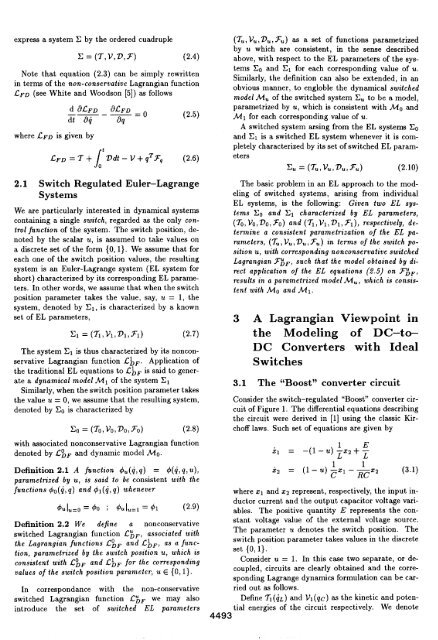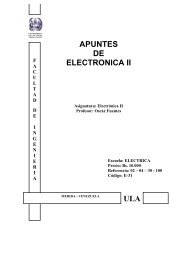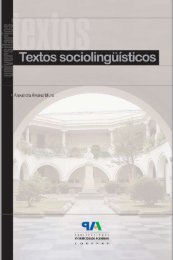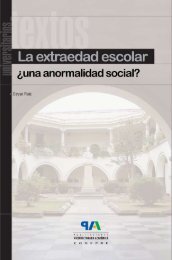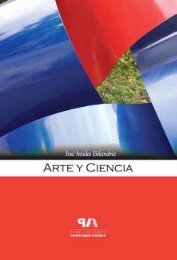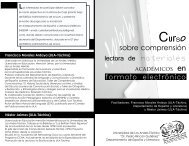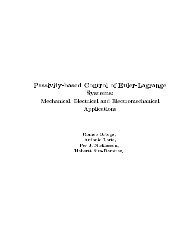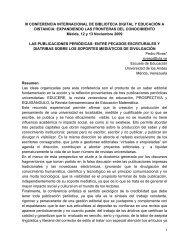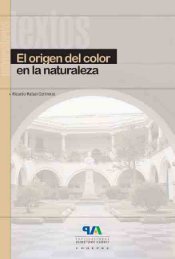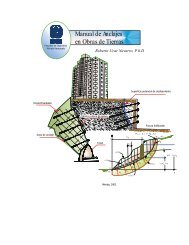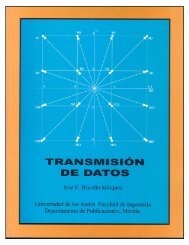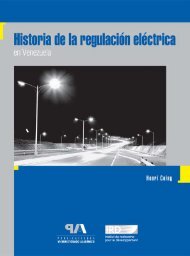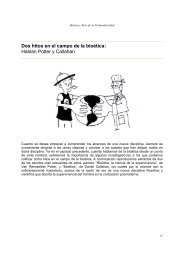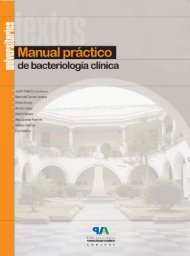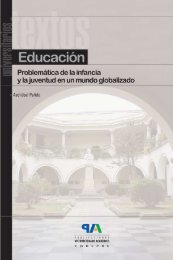Lagrangian Modeling of Switch Regulated DC-to-DC Power ...
Lagrangian Modeling of Switch Regulated DC-to-DC Power ...
Lagrangian Modeling of Switch Regulated DC-to-DC Power ...
You also want an ePaper? Increase the reach of your titles
YUMPU automatically turns print PDFs into web optimized ePapers that Google loves.
express a system 2 by the ordered cuadruple<br />
x = (7, V, D, Y-) (2.4)<br />
Note that equation (2.3) can be simply rewritten<br />
in terms <strong>of</strong> the non-conservative <strong>Lagrangian</strong> function<br />
CFD (see White and Woodson [5]) as follows<br />
where LFD<br />
d 8LFD dLFD ~<br />
‘—– dt dq dq =<br />
is given by<br />
(2.5)<br />
t<br />
LFD=T+ Ddt – V + qT3g (2.6)<br />
/ o<br />
2.1 <strong>Switch</strong> <strong>Regulated</strong> Euler–Lagrange<br />
Systems<br />
We are particularly interested in dynamical systems<br />
containing a single switch, regarded as the only control<br />
function <strong>of</strong> the system. The switch position, denoted<br />
by the scalar u, is assumed <strong>to</strong> take values on<br />
a discrete set <strong>of</strong> the form {O,1}. We assume that for<br />
each one <strong>of</strong> the switch position values, the resulting<br />
system is an Euler-Lagrange system (EL system for<br />
short) characterized by its corresponding EL parameters.<br />
In other words, we assume that when the switch<br />
position parameter takes the value, say, u = 1, the<br />
system, denoted by xl, is characterized by a known<br />
set <strong>of</strong> EL parameters,<br />
xl = (T1, V1, D1, Y1) (2.7)<br />
The system 21 is thus characterized by its nonconservative<br />
<strong>Lagrangian</strong> fUIICtiOII~&F. Application <strong>of</strong><br />
the traditional EL equations <strong>to</strong> ~~~ is said <strong>to</strong> generate<br />
a dynamical model Ml <strong>of</strong> the system Xl<br />
Similarly, when the switch position parameter takes<br />
the value u = O, we assume that the resulting system,<br />
denoted by Z. is characterized by<br />
Xcl= (70, VO, DO, FO) (2.8)<br />
(Tu, Vu,‘DU,F.) as a set <strong>of</strong> functions parametrized<br />
by u which are consistent, in the sense described<br />
above, with respect <strong>to</strong> the EL parameters <strong>of</strong> the systems<br />
20 and El for each corresponding value <strong>of</strong> u.<br />
Similarly, the definition can also be extended, in an<br />
obvious manner, <strong>to</strong> engloble the dynamical switched<br />
model M. <strong>of</strong> the switched system ZU <strong>to</strong> be a model,<br />
parametrized by u, which is consistent with M. and<br />
M 1 for each corresponding value <strong>of</strong> u.<br />
A switched system arsing from the EL systems 20<br />
and 81 is a switched EL system whenever it is completely<br />
characterized by its set <strong>of</strong> switched EL parameters<br />
X“=(7”, V.,D.,7”) (2.10)<br />
The basic problem in an EL approach <strong>to</strong> the modeling<br />
<strong>of</strong> switched systems, arising from individual<br />
EL systems, is the following: Given two EL systems<br />
20 and 21 characterized by EL parameters,<br />
(To, Vo, ‘DO,Fo) and (~, Vl, VI, Fl), respectively, determine<br />
a consistent parametrization <strong>of</strong> the EL parameters,<br />
(Tu, Vu, VU, 3U) in terms <strong>of</strong> the switch position<br />
u, with corresponding nonconservative switched<br />
<strong>Lagrangian</strong> ~jjF, such that the model obtained by direct<br />
application <strong>of</strong> the EL equations (2.5) on ~~F,<br />
results in a parametrized model MU, which is consistent<br />
with M. and Ml.<br />
3 A <strong>Lagrangian</strong> Viewpoint in<br />
the <strong>Modeling</strong> <strong>of</strong> <strong>DC</strong>–<strong>to</strong>-<br />
<strong>DC</strong> Converters with Ideal<br />
<strong>Switch</strong>es<br />
3.1 The “Boost” converter circuit<br />
Consider the switch-regulated “Boost” converter circuit<br />
<strong>of</strong> Figure 1. The differential equations describing<br />
the circuit were derived in [1] using the classic Kirch<strong>of</strong>f<br />
laws. Such set <strong>of</strong> equations are given by<br />
with associated nonconservative <strong>Lagrangian</strong> function<br />
denoted by C~F and dynamic model Mo.<br />
Definition 2.1 A function q$ti(g,q) = 4(4, q, ~),<br />
parametrized by a, is said <strong>to</strong> be consistent with the<br />
functions q!Jo(g,q) and ~l(g, q) whenever<br />
4.1.=0 = #o ; dulti=l = 41 (2.9)<br />
Definition 2.2 We define a nonconservative<br />
switched <strong>Lagrangian</strong> function L~F, associated with<br />
the <strong>Lagrangian</strong> functions C~F and Z~F, as a function,<br />
parametw”zed by the switch position u, which is<br />
consistent with L~F and L~F for the corresponding<br />
values <strong>of</strong> the switch position parameter, u E {O, 1}.<br />
In correspondence with the non-conservative<br />
switched <strong>Lagrangian</strong> fUnctiOn ~~F we may also<br />
introduce the set <strong>of</strong> switched EL parameters<br />
4493<br />
where xl and X2 represent, respectively, the input induc<strong>to</strong>r<br />
current and the output capaci<strong>to</strong>r voltage variables.<br />
The positive quantity E represents the constant<br />
voltage value <strong>of</strong> the external voltage source.<br />
The parameter u denotes the switch position. The<br />
switch position parameter takes values in the discrete<br />
set {O,1}.<br />
Consider u = 1. In this case two separate, or decoupled,<br />
circuits are clearly obtained and the corresponding<br />
Lagrange dynamics formulation can be carried<br />
out as follows.<br />
Define T1(~L ) and V1(qC) as the kinetic and potential<br />
energies <strong>of</strong> the circuit respectively. We denote


